How Harvard's Endowment Can Be a Lesson for Your Organization
Over the last week, several publications have written articles, and even an opinion piece or two, about the recent news regarding Harvard’s endowment. What caught everyone’s eye and created some emotional commentary is that Harvard announced an $11.3 billion increase, or nearly 33%, to its endowment in a one-year span. They also announced that the university took $2 billion out of the endowment, the corpus, and used it within the university operations. That would be in addition to a very standard 4% (or so) that they took as investment income to be used in direct support of university activities.
Some have cried foul at the announcement of this news. Several have commented that it’s not fair that one organization has such an endowment. Others, maybe less officially, have demonstrated great jealousy. For me, neither emotion/feeling is helpful and both miss the entire point.
Harvard owes its start, in large regard, to an estate gift that John Harvard made just a decade into the university’s beginnings. That gift became the first endowment in the United States. That was clear back in the 1630s. Ever since, Harvard’s fundraising efforts have had a great concentration on transformational giving opportunities to the endowment with class reunion gifts as well as a dedicated, robust estate giving prowess.
What should we really learn from this announcement?
What the news of Harvard’s investments shows me is a priority and concerted effort of endowment growth, with gifts both during life and after. The lesson learned is that this kind of dedication to endowments should be more of a priority for nonprofits.
It’s taken Harvard nearly 400 years to get to this point. If most nonprofits would look at the long term, the delayed gratification, as more of a priority rather than “cash,” they too could see a remarkable opportunity for investment in the decades to come. It would give organizations greater flexibility in the future if they had endowments that could be leveraged for unforeseen circumstances and unknown times/needs. And leaders of today, which would not necessarily feel the effect of such endowment growth, would be the heroes of tomorrow for giving their organizations the opportunity to flourish in the future.
Everyone would love a larger endowment. But I choose to look at it, in Harvard’s example, as great planning and deference to unrealized future needs. And that’s not from one person/leader, but that’s an organizational-wide decision, culture, and effort.


